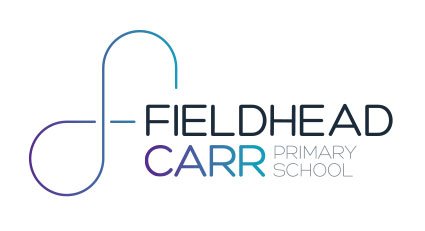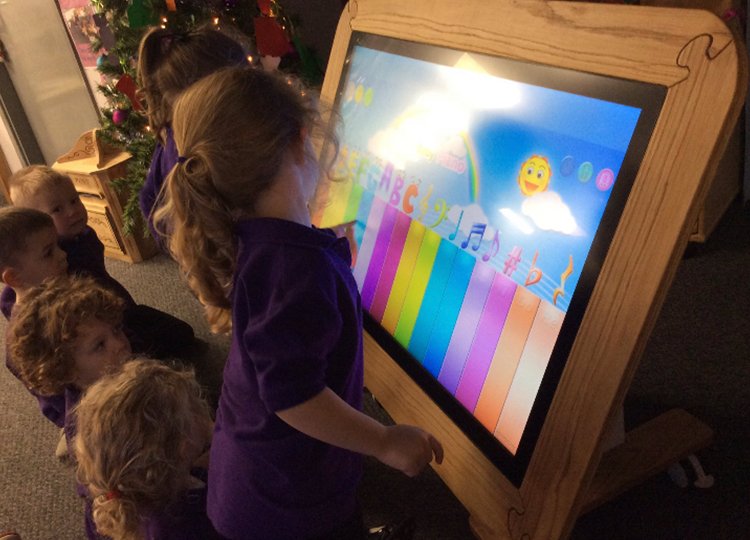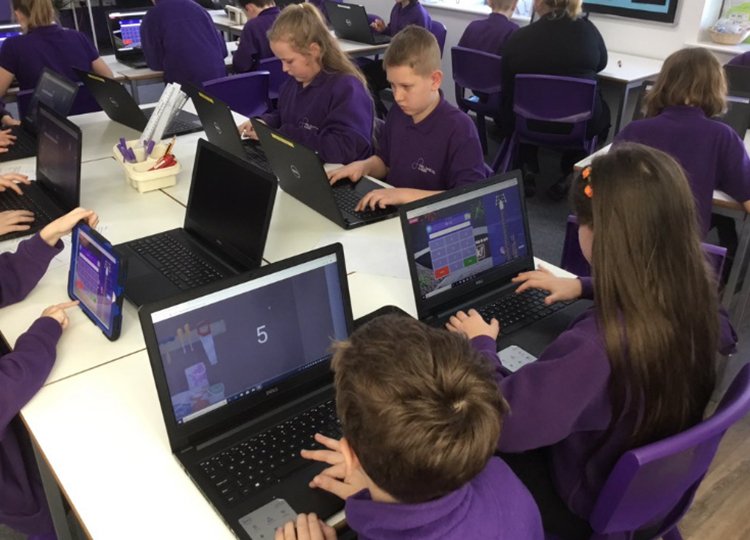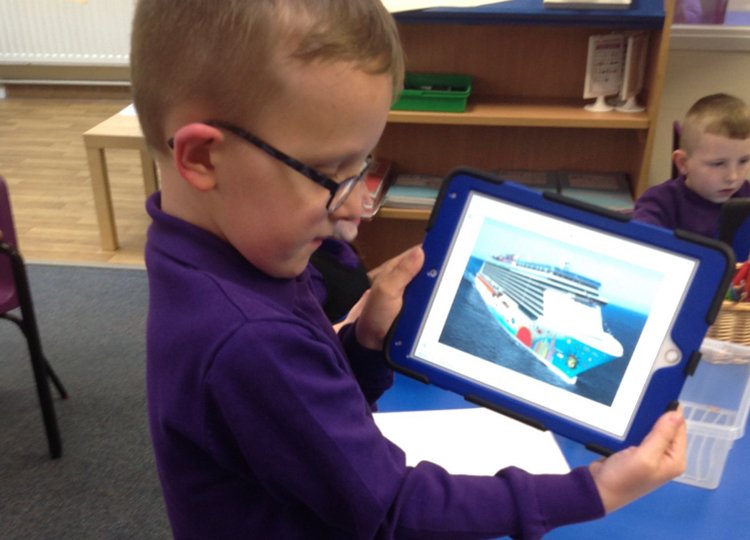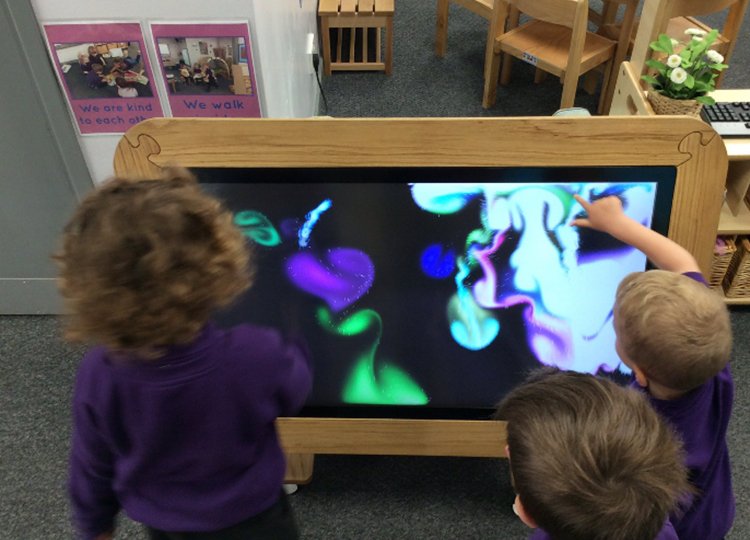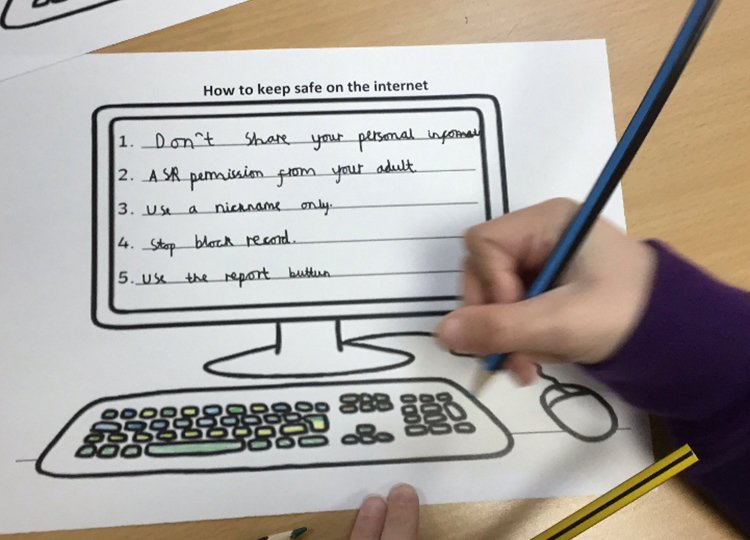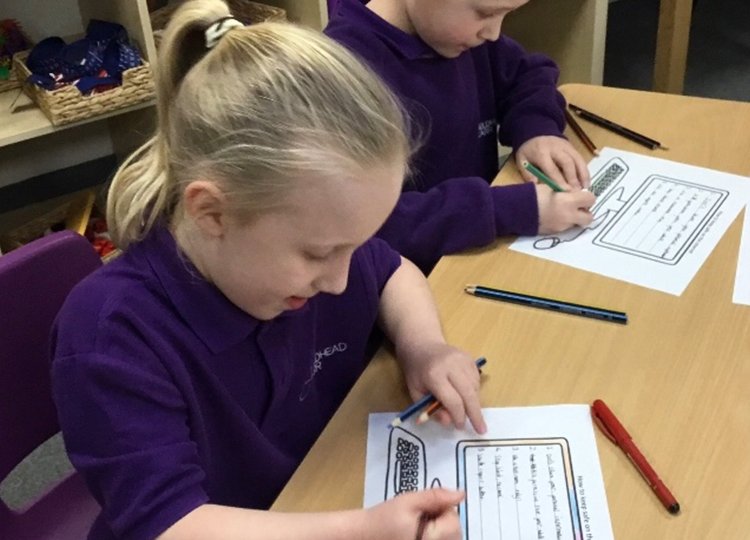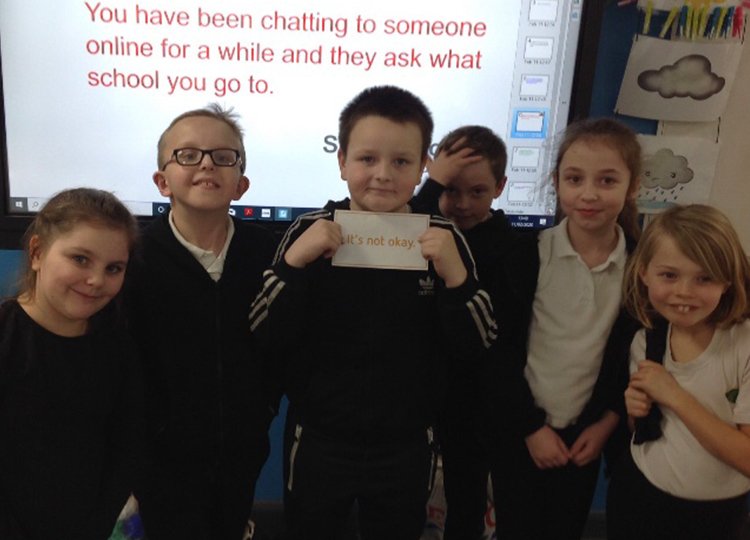Computing
What does Computing at Fieldhead Carr look like?
At Fieldhead Carr Primary School we love Computing! We know that a high-quality computing education equips pupils to use computational thinking and creativity to understand and change the world. Computing has deep links with maths, science and design and technology, and provides insights into both natural and artificial systems. We want to equip pupils to use computational thinking and creativity that will enable them to become active participants in the digital world.
In order to achieve our broad curriculum we work with a number of partners, Purple Mash, Project Evolve, Seesaw, Scratch, Lexia, TT Rockstars & Spelling Shed. We recognise that technology can allow pupils to share their learning in creative ways. We also understand the accessibility opportunities technology can provide for our pupils. Our knowledge rich curriculum has to be balanced with the opportunity for pupils to apply their knowledge creatively which will in turn help our pupils become skilful computer scientists. We encourage staff to try and embed computing across the whole curriculum to make learning creative and accessible.
At Fieldhead Carr, children have weekly Computing lessons for an hour. We have an IT suite that is timetabled but can also be accessed by classes at other times during the week. Other equipment includes a Big Pad (in EYFS), a class set of iPads and a class set of laptops.
Online safety
At Fieldhead Carr we aim to teach the children the importance of being safe online. Our children are taught about online safety through the National Project Evolve resource, which uses the UK Council for Internet Safety’s (UKCIS) framework.


The children are also taught about online safety through various PSHE units and assemblies. We annually celebrate Safer Internet Day with the rest of the country by taking part in focused activities and discussions.

Online Safety Top Tips for Parents and Carers
- Keep the computer in a family area not in the child’s bedroom.
- Use ‘child lock’ or filter settings on your Web browser to help prevent unsuitable site access by your child.
- Regularly supervise the sites your child is visiting.
- Encourage your child to use their Favourites list to access the sites you have approved to prevent accidental entry to unsuitable sites.
- Discourage your child from using social Networking sites e.g. Facebook, Instagram, Snapchat etc.
- Teach your child to tell you if something unsuitable appears on the screen.
- Agree with older children what sites they are allowed to access.
- Keep all personal details private and be aware of stranger danger.
- Above all, encourage your child to talk to you about the web sites and electronic devices they are using at home and school.
Keeping your child safe with online games
Social Networking
One of the fastest growing areas of internet use today is social networking. There are over 3,000 social networking sites on the internet. This is changing the way that we communicate. On most of these sites, it is incredibly easy to communicate with our friends, in many cases, sharing lots of personal information and photographs.
The minimum age to open an account on nearly every social media platform—TikTok, Instagram, Twitter, Pinterest, Kik, YouTube, Snapchat, Facebook, and more— is 13.
Useful resources and links
Thinkuknow
Thinkuknow is an education programme from the National Crime Agency’s CEOP Command. Since 2006, it aims to ensure that everyone has access to this practical information – children, young people, their parents and carers and the professionals who work with them.
Internet Matters
A comprehensive web resource with a wide array of tips and advice on how to navigate the online world with your child. Some of their guidance we attach below but you can find even more by visiting the link.
National Online Safety
National Online Safety’s mission is to make the internet a safer place for children. They aim to do this by equipping school staff, parents and children with the knowledge they need to understand online dangers and how best to react should an incident arise. The link above provides up to date information about a wide variety of social media apps and platforms your child might be using.
NSPCC
The NSPCC are the first to admit that the internet is amazing. Children can play, learn, create and connect – opening up a whole world of exciting possibilities. But with the digital world changing all the time, how can you make sure your child’s staying safe? That’s where the NSPCC come in. Whether you’re an online expert or you’re not sure where to start, their tools and advice will help you keep your child safe.
Childnet
Childnet International is a registered UK charity that aims to make the internet a safe place for children and young people. Packed with resources it is a great resource for parents.
CEOP
Child Exploitation and Online Protection (CEOP) is part of the National Crime Agency and their website can be used to report if you are worried about online abuse or the way someone is communicating online.
BBC
The BBC have a website and app called Own It. The website has a lot of content for children to help them navigate their online lives, and the free smartphone app comes with a special keyboard which can intervene with help and support in the moments that children need it the most.
